|
|
 |
|
At Home On Earth |
|
|
|
|
|
|
|
Welcome to The Hub, a Bluedot Living newsletter that gathers good news, good food, and good tips for living every day more sustainably. |
|
Welcome to The Hub, a Bluedot Living newsletter that gathers good news, good food, and good tips for living every day more sustainably. |
|
If you purchase anything via one of our links, including from Amazon, we may earn a small commission. All Dear Dot illustrations by Elissa Turnbull. |
|
|
|
|
SIMPLE / SMART / SUSTAINABLE / STORIES |
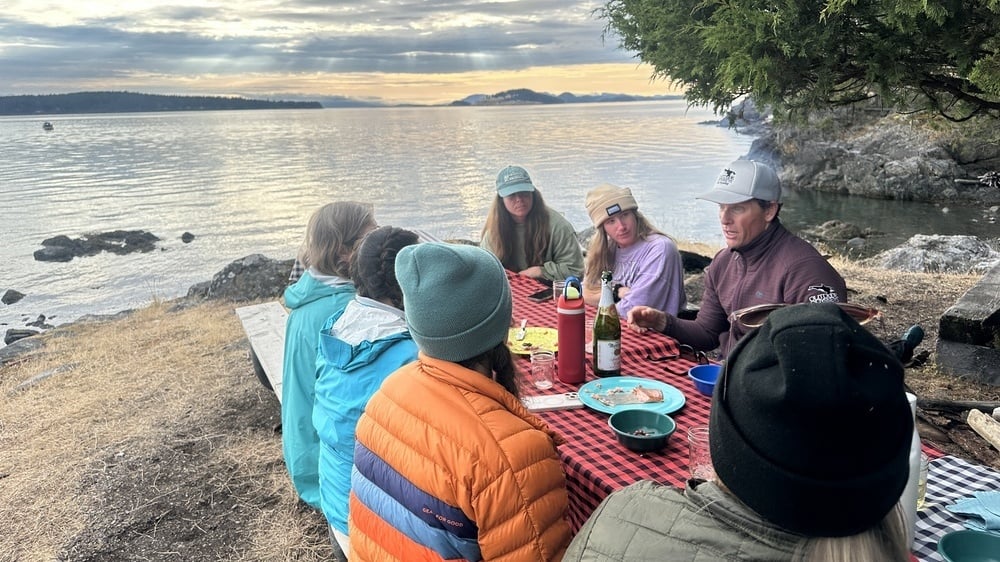 |
|
When Bluedot contributor Teresa Bergen set out on a multi-day kayaking adventure through Washington state’s San Juan Islands, she knew the tour company, Outdoor Odysseys, took sustainability seriously. But she still found herself impressed with their efforts — everything from the packing list noting exactly how much food to bring (to minimize food waste) to the solar panels offsetting most of the power the company uses for computers, refrigerators, and kayak-cleaning equipment — enhancing the experience “crossing the Salish Sea in our human-powered vessels and living lightly on the land and sea under the big, moody Pacific Northwest sky.”
|
|
|
|
|
|
|
|
|
|
DISPATCHES FROM ALL OVER
SUSTAINABLE LIVING ADVICE
ECO-FRIENDLY RECIPES |
|
DISPATCHES FROM ALL OVER · SUSTAINABLE LIVING ADVICE · ECO-FRIENDLY RECIPES |
|
|
|
“Avoiding climate breakdown will require cathedral thinking. We must lay the foundation while we may not know exactly how to build the ceiling.”
– Greta Thunberg
We can refer to it as “cathedral thinking.” Or the Seventh Generation Principle. Or we could reference the adage about planting a tree whose shade we’ll never sit beneath. However we refer to it, what Greta Thunberg wants us to do is get to work addressing our climate crisis while accepting that we can’t or won’t know or may not live long enough to see how this will turn out. But we do know average global temperatures are trending in the wrong direction. And we are already seeing the impacts of a warming planet: The once-in-a-century storms that happen more frequently. The wildfires that behave differently. The insects that are disappearing. The blue whales that have stopped singing in their hotter oceans.
And so … cathedral thinking. Thinking of the generations to come. Planting that sapling. Metaphors aside, this means energy infrastructure that taps the sun or the wind or the waves. Buildings that sequester carbon. Less water-intensive, land-intensive agriculture. As so many experts remind us, we have the solutions we need to ensure that the generations to come have a habitable planet. Bonus: Many of the solutions cost less, create good jobs, and create a more equitable society. Even a partially built cathedral casts beauty.
|
|
|
|
|
|
Paid Advertisement with LeafGuard |
Why LeafGuard Outperforms Every Other Gutter System
|
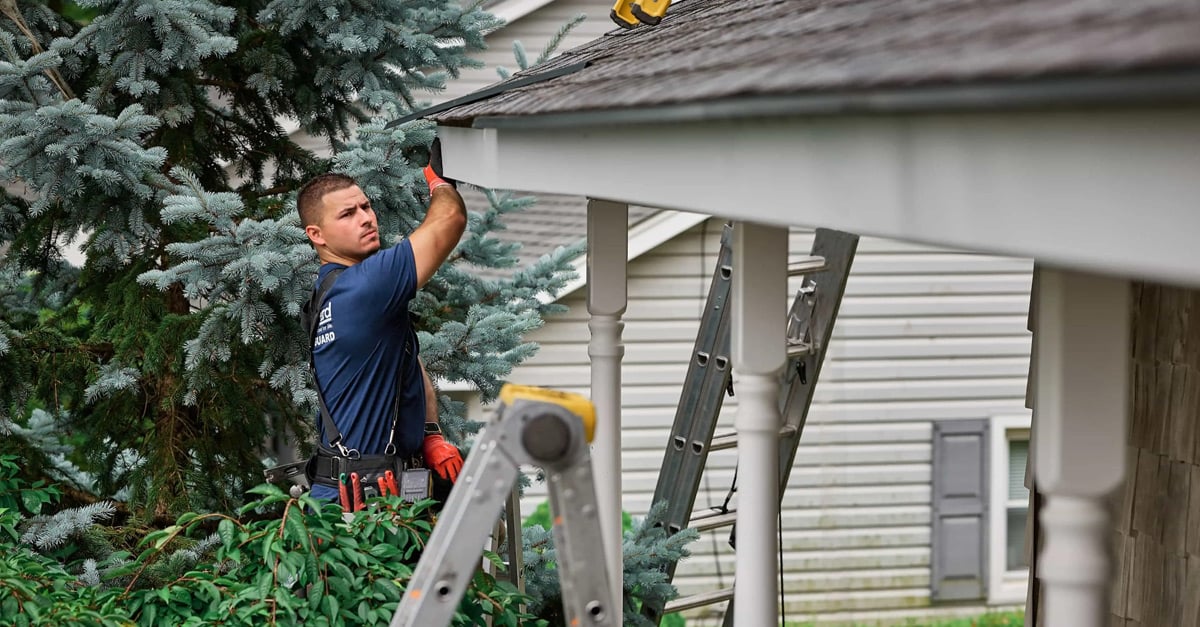 |
|
Generic gutter guards are add-on solutions that treat the symptom, not the problem. LeafGuard addresses it at the source by completely replacing your gutter system with a proprietary design that makes clogs physically impossible.
The seamless construction eliminates joints where leaks typically develop. The curved hood uses the principle of liquid adhesion to guide water in while deflecting everything else. Even small debris like seeds and pine needles that slip through mesh guards can't enter LeafGuard's system. The result is a maintenance-free solution that actually works.
Bluedot Living readers save with 75% off installation plus $200 off. This isn't just about convenience—it's about investing in a system that's built to last and performs as promised. |
| Get Your Free Home Assessment |
|
|
|
QUICK LINKS |
|
Skip scrolling! Here's what you'll find in this edition of the Bluedot newsletter: |
|
|
|
|
|
|
|
FEATURED STORIES |
|
BIG IDEAS AND LOCAL CHANGEMAKERS |
|
Green construction is a growing industry, changing the way we design, build, and deconstruct our homes.
|
|
|
|
|
|
|
|
Paid Advertisement with TruDiagnostic |
The Data You Need to Live Your Best Life |
 |
|
Your health deserves clarity and precision. TruAge + TruHealth offers a revolutionary approach to wellness by analyzing over 185 biomarkers in a single at-home blood test. Their personalized reports provide the top recommendations tailored to your body, helping you improve your health, longevity, and vitality. All it takes is a finger prick. Bluedot Living readers get 20% off with code NEWSLETTERS20. |
| Start living healthier today. |
|
|
|
|
|
|
|
|
|
|
|
Paid Advertisement with Renewal by Andersen |
The Home Upgrade That Pays for Itself
|
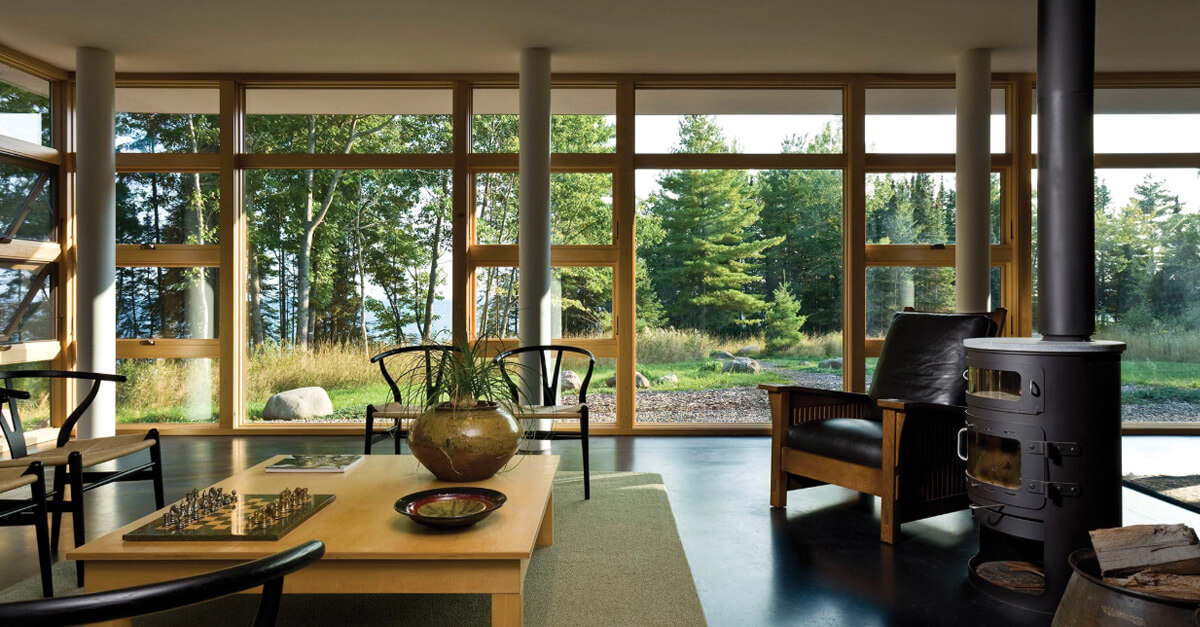 |
|
New windows don't just make your home more comfortable—they're one of the few renovations that actually increase your property value while you enjoy them. Real estate experts consistently rank window replacement as a top ROI improvement, with homeowners recouping 80-90% of their investment.
Beyond the financial benefits, Renewal by Andersen windows transform how your home looks and feels. Choose from dozens of styles, colors, and grid patterns to match your architectural style perfectly. Our patented Fibrex material won't warp, rot, or fade like wood or vinyl alternatives.
Take advantage of our limited-time offer: $400 off each window and $850 off each door (minimum purchase of 4). Bluedot Living readers also get an exclusive consultation where we'll show you exactly how different window styles will look on your home using our advanced visualization technology.
|
| Book Your Free Consultation Now |
|
|
|
|
|
|
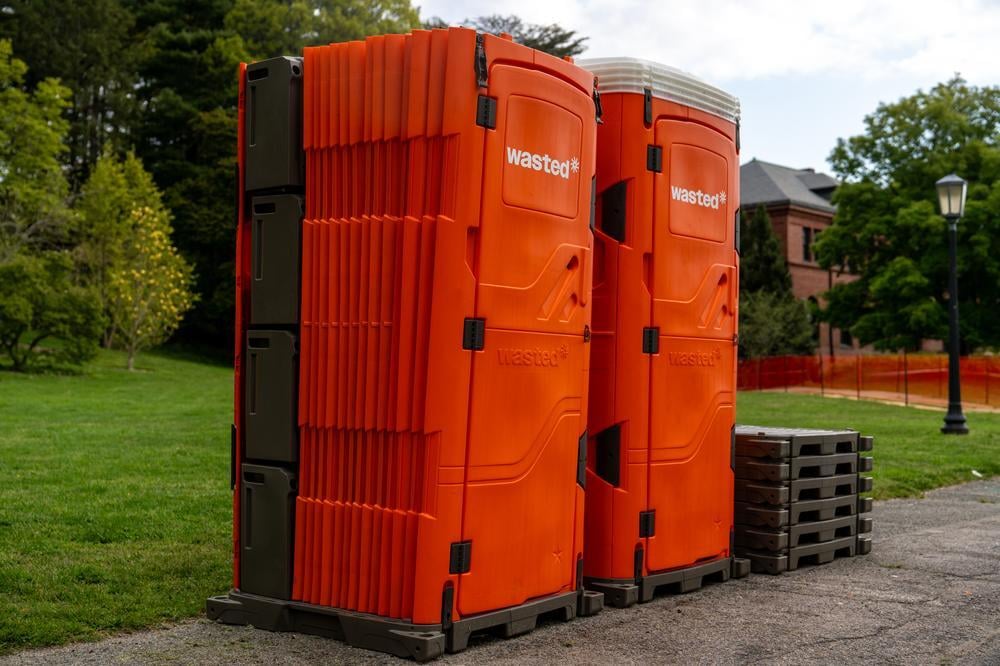 |
|
In 2018, Taylor Zehren and Thor Retzlaff traveled extensively through the backcountry of the Arctic, Patagonia, and Nepal and returned with a mission: to help solve the issues created by mismanaged human waste in ecologically sensitive areas. They spent the next few years installing waste management systems around the world before realizing they could apply what they’d learned in more urban settings. These days, they’re providing greener portable toilets to events like the Vermont City Marathon through Wasted*, the company they launched in 2022 with Brophy Tyree, and converting the urine collected in those porta potties into fertilizer they sell on their website. “A lot of people don’t understand what fertilizer is,” Zehren says. “There’s this realization that my body can be a benefit and contribute to nature, it can help make shoots, fruit, or flowers. We want to unlock that ‘a-ha’ moment.”
|
|
|
|
|
|
|
 |
|
Dear Dot,
I keep hearing about hydrogen power and don’t know much about it. Do you? Is it really green?
– Elaine
Dear Elaine,
Thanks to your question, you can move Dot from the “no, I don’t know much about hydrogen power at all” group to the one that answers, “why yes, I do know a thing or two about hydrogen power.” Let me share my newfound knowledge with you. Because you’re right, Elaine. There has been plenty of chatter about hydrogen as a clean energy source. But is it? Really?
Dot took your question to the brainiacs at the Massachusetts Institute of Technology, where Dr. Ruaridh Macdonald, the energy systems research lead at the MIT Energy Initiative, was delighted to share his research about how to decarbonize the electricity grid while ensuring grid resilience and security.
Hydrogen can be a “clean” energy source, he told me, although that “can” is doing some heavy lifting. It all depends on how hydrogen is produced. If it’s produced, which it often is, by subjecting natural gas (or sometimes coal) to intense conditions that “crack” it into carbon and hydrogen, you will get your hydrogen with a side (or main!) of carbon dioxide. But if instead you use electricity to split water molecules (H₂O, as you might recall from your high school chemistry class) into hydrogen and water, and that electricity comes from a source with low emissions (think wind, solar, or nuclear energy), then the hydrogen is also considered clean. And when it’s burned, hydrogen produces only water vapor, making the entire cycle low-emission.
But let’s not get too excited about green hydrogen, Dr. Macdonald warns.
What’s the catch? Keep reading.
|
|
|
|
|
|
|
|
|
|
If you make a purchase through our links, including from Amazon, we may earn a small commission. |
|
|
|
|
|
If your professional wardrobe needs a refresh, consider purchasing pieces that work as hard as you do. The kind of clothes that might describe themselves as “team players” and, if asked where they see themselves in five years, would say: “Hanging near the front of the closet, in regular rotation, looking nearly as good as the day you bought me.” This week, we’re highlighting three brands making slacks, sweaters, and blazers that go the distance. And if pressed about their biggest weakness? They’d admit: “Yes, I cost a bit more up front. But year over year, I’m a great investment.” |
 |
|
|
|
“Fewer clothes that do more” sums up Miik, a Canadian brand crafting timeless women’s apparel within 30 miles of its Toronto headquarters. Comfort and fit take center stage, with soft fabrics like bamboo rayon and inclusive styles in petite and plus sizes. To make sizing simple, Miik’s website features models who wear sizes from XS to 4X. Live shopping events showcase real women trying on pieces. Polished, versatile staples from blazers to reversible dresses truly earn their place in your closet. Shop today or read our review. |
|
|
|
Artknit Studios, a Certified B Corp, takes a slow fashion approach to classic, seasonless knits for men and women. Crafted in Italy’s famed “wool valley” of Piedmont, the clothes feature luxe natural fibers and are plastic-free. Neutral palettes and pared-back silhouettes give even the loungewear a European polish. To extend the life of its clothing, Artknit offers repair and reconditioning, so each piece can remain a wardrobe staple for years. Shop today or read our review.
|
|
|
|
Guided by human, animal, and environmental welfare, Another Tomorrow views “fashion as a pathway to activism.” The New York womenswear brand is a B Corp, Climate Label Certified, and a 1% for the Planet member that creates luxe, elegant apparel. Collections feature staples in organic cotton, linen, FSC-certified viscose, wool, and recycled plastic, while avoiding leather, fur, and virgin synthetics. Each piece includes a digital ID tracing its journey from farm to final stitch. Shop today or read our review.
|
 |
|
|
|
|
|
|
|
|
|
Your Daily Dot newsletter (you’re not subscribed? Change that right now!) recently noted that most of the federal funding for eco upgrades is being eliminated, effective Sept. 30, 2025. So if you’re in the market for an EV, tax credits of up to $7,500 for a new vehicle and $4,000 for a used one will be gone. If you already have an EV and want to install a home charger, you have until June 30, 2026, to qualify for a 30% tax credit. If your home improvement plans include solar panels, heat pumps, water heaters, windows, doors, insulation, and more, everything needs to be installed by Dec. 31, 2025. (EnergySage can help you source a solar panel installer in your region and also has a good explainer about what’s happening at the federal level.)
Don’t forget about local and state incentives, which might help offset the loss of these federal breaks. And check out this CNBC story explaining how you might still be able to benefit from the EV tax credit after the deadline.
|
|
|
|
|
The Keep-This Handbook |
|
The wedding is over, the thank-yous sent, the honeymoon nothing but an Instagram memory. But the dress? Still hanging in your closet taking up space. You can let someone else look gorgeous in your gown (and possibly add a few bucks to your bank account) and salute Secondhand September. Let Bluedot’s Guide to Getting Rid of (Almost) Anything tell you how. |
|
|
Parting Thoughts About Urban Design |
|
|
|
While this, perhaps, shouldn’t have been surprising to me, I was nonetheless gobsmacked by a social media post that commented on urban design — specifically, that our cities are the way they are because we designed them that way. Lousy transit in your city? Part of the plan. Fabulous cycling infrastructure? Part of the plan. Narrow sidewalks? Walkable city centers? Lots of tree cover?
That’s right. All planned that way. Which means, of course, that we can design cities and towns that prioritize pedestrians and cyclists, that ensure shade to combat urban heat, that make crime less likely, such as Philadelphia, which took the simple step of tidying up vacant lots and not only reduced crime, but also built community. Designing public spaces with nature in mind is not only beautiful, as Bluedot editor Jim Miller writes, it’s smart. Urban design isn’t just a nice-to-have, it’s a powerful tool to mitigate climate change.
Enjoy the weekend, and we’ll see you next week.
–Leslie Garrett (and Emily Cain, Robin Jones, and Jamie Kageleiry)
Editors
Write us at editor@bluedotliving.com |
|
|
|
|
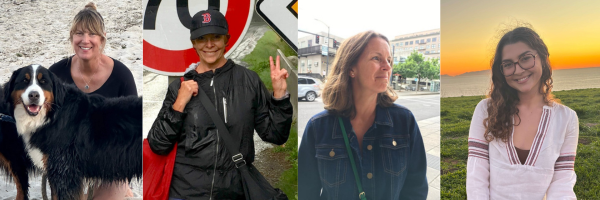 |
|
Leslie Garrett has been covering climate stories for close to two decades. She makes her home in Canada, west of Toronto. She’s still figuring out her favorite spot but it’s definitely near the water.
Jamie Kageleiry, a longtime magazine and newspaper editor from Martha’s Vineyard, says her favorite spot on earth is out on a kayak there, looking at birds.
Robin Jones is a Southern California native who served as an editor at Westways magazine for more than a decade. She lives in Long Beach and teaches journalism at Cal State Long Beach.
Emily Cain is a recent graduate of Cal State Long Beach, where she wrote and edited for the university’s award-winning magazine, DIG. |
|
|
|
|
|
Our audience is informed, intentional, and tuned in to sustainable living. Reach our 300,000 readers by advertising here, or contact adsales@bluedotliving.com to reserve your space. |
|
|
|
|
|
|
|
|